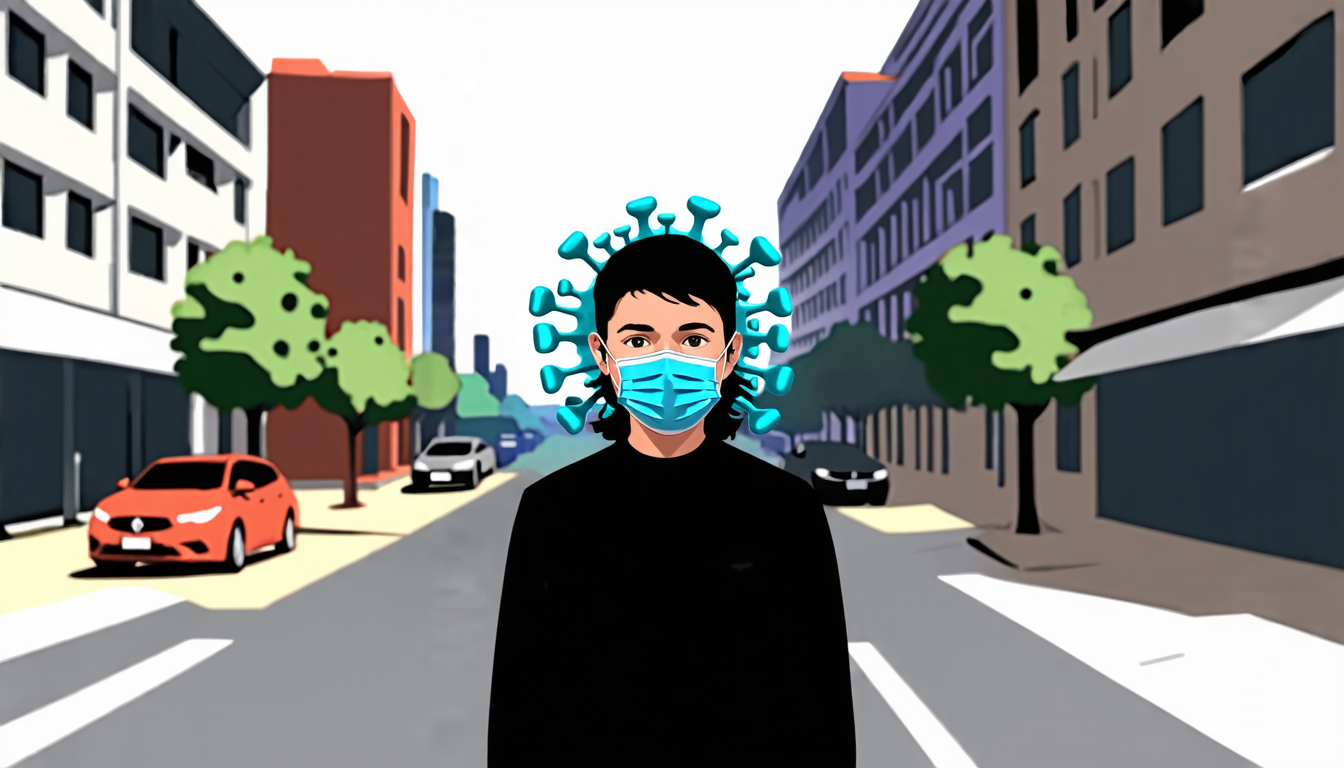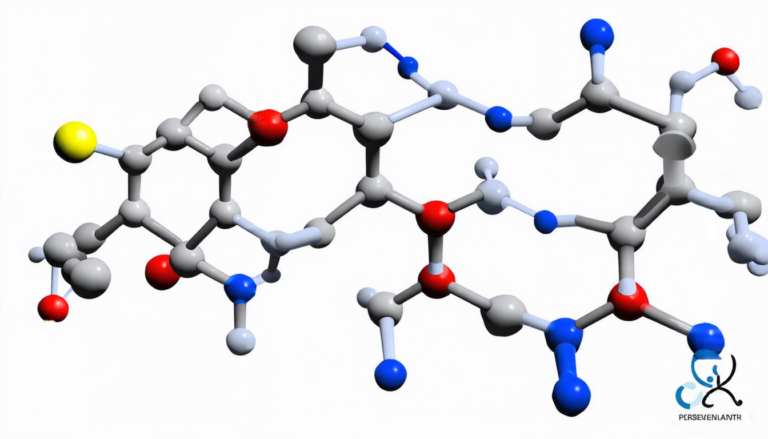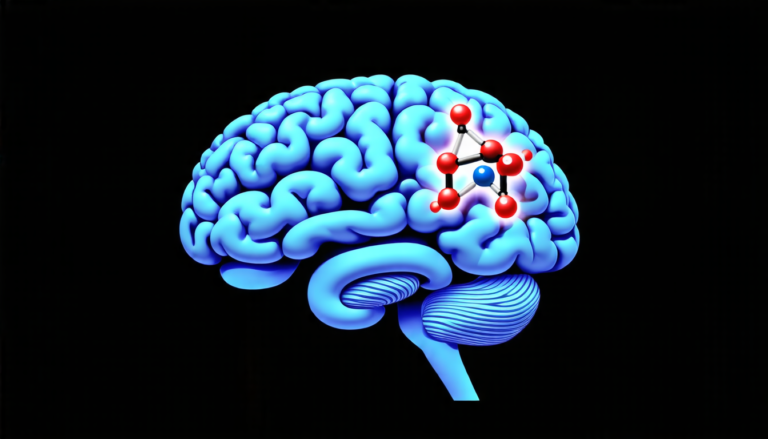Monday 07 April 2025
A team of researchers has developed a new method for tracking the spread of infectious diseases, using a combination of computer simulations and real-world data. The approach, which involves fitting statistical models to the patterns of disease spread, could potentially lead to more accurate predictions of how outbreaks will unfold.
The researchers used their method to model the spread of COVID-19 in Northern Ireland, using data from an agent-based simulation that mimicked the behavior of individuals in the region. They found that by incorporating information about the movement of people and the characteristics of individual infections, they could improve the accuracy of their predictions.
One key finding was that the timing and duration of infections can have a significant impact on the spread of disease. For example, if an infected person is able to transmit the virus for several days before showing symptoms, this can lead to a longer period of transmission and potentially more cases.
The researchers also found that the infection radius – or the distance over which an infected person can pass the virus to others – can have a significant impact on the spread of disease. For example, if the infection radius is small, then people are less likely to be exposed to the virus and fewer cases will occur.
To test their method, the researchers used it to predict the spread of COVID-19 in Northern Ireland using data from an agent-based simulation. They found that their predictions were more accurate than those made by a traditional compartmental model – which assumes that individuals move randomly and do not interact with each other.
The researchers also explored the sensitivity of their method to different assumptions about the generation time distribution – or the length of time it takes for an infected person to develop symptoms. They found that changes to this distribution can have significant impacts on the accuracy of their predictions, highlighting the need for more accurate data on this topic.
Overall, the study demonstrates the potential of combining computer simulations and statistical models to improve our understanding of infectious disease spread. By incorporating real-world data and complex individual behaviors into these models, researchers may be able to make more accurate predictions about how outbreaks will unfold and develop more effective strategies for containing them.
The study’s findings also highlight the importance of considering the timing and duration of infections, as well as the infection radius, in understanding disease spread. By taking these factors into account, public health officials may be better equipped to respond to outbreaks and prevent further transmission.
Future research could involve applying this method to other diseases and regions, as well as exploring ways to incorporate more detailed data on individual behaviors and interactions.
Cite this article: “Unlocking the Secrets of COVID-19 Spread: A Novel Approach to Estimating Reproduction Numbers”, The Science Archive, 2025.
Infectious Diseases, Disease Spread, Computer Simulations, Statistical Models, Covid-19, Northern Ireland, Agent-Based Simulation, Infection Radius, Generation Time Distribution, Public Health Officials.







